I absolutely love the flowing, beautiful and engaging steadicam (stabilizer) shots often seen in films and music videos. When done properly they can add so much production value to any video production, be it a creative one or even a corporate video. One of the first things I bought then I first got into filmmaking was a Flycam 5000, which was a great start for me. Even though it’s very tired now, in my time using it, I produced a lot great shots with it, that really helped me bring the projects that I was working on to life.
Quite recently I decided it’s time to upgrade to something better and very conveniently for me a new version of Flycam just came out, which on paper offered much more for the price I originally paid for 5000. I didn’t want to spend much and at this price there wasn’t anything else that really stood out.
I week later I received my new Flycam C5 and made an unboxing video right away, which can be viewed below if you haven’t seen it yet.
Quite recently I decided it’s time to upgrade to something better and very conveniently for me a new version of Flycam just came out, which on paper offered much more for the price I originally paid for 5000. I didn’t want to spend much and at this price there wasn’t anything else that really stood out.
I week later I received my new Flycam C5 and made an unboxing video right away, which can be viewed below if you haven’t seen it yet.
I went through the features in the video, but the ones that stood out to me again while actually using this stabilizer were:
Top plate fine adjustment knobs: These things are so straightforward and so good for precise adjustment. Adjusting side to side and back to front balance is so easy. There are 2 side-to-side fine adjustment knobs on each side, so no matter what hand you are holding you stabilizer with, you can reach the knobs easily. On top of that, you don’t have to undo any safety knobs/screws to adjust the side-to-side balance, unlike all the other stabilizers I’ve used. You would usually have to undo 4 knobs on the bottom to adjust the side-to-side balance; with C5 you just rotate 1 knob and when you are happy, you just leave it as it is, it the plate doesn’t slide or rattle about.
Back to front adjustment is also much more straightforward that on any other stabilizers I’ve seen. You only have to undo one knob to loosen the top sliding plate and then rotate the fine adjustment knob to move the plate back and forth. The older/simpler models like Flycam 5000 & Nano and Glidecam Pro series, don’t even have any fine adjustment knobs, you have to adjust the balance by moving the plate with your hands, not great for fine balance adjustment and impossible to do while holding the stabilizer with your other hand to check the balance. The closest thing in terms of comfortable, precise adjustment with similar specs is the Glidecam HD4000, but even with that one you have to undo 8 knobs in total to adjust side to side and back to forth balance and on top of that it also costs almost 3 times more than the C5. Talking about more expensive stabilizers, I’m sure there are probably a lot of higher-end stabilizers that offer such straightforward balance adjustment methods, but they are way too expensive to fit into budget/indie filmmaking bracket that I’m talking about here. At this or similar price there is really nothing out there that offers the features mentioned above, unless I’m missing something.
Sliding Plate: This plate is like a tripod plate rather than one of them massive plates found on other stabilizers mentioned above. With these stabilizers people just end up buying extra quick release adapters to avoid unscrewing all 4 or in case of Glidecam HD series 8 side screws/knobs to get the top plate off just to put the camera on and do the same when the want to get it off. This is incredibly annoying and inconvenient. So one of the things that initially impressed on C5, was this cool, sliding, quick release plate; just one knob to undo and it slides out just like a tripod plate. There is a safety pin too, to make sure that it doesn’t fall out, protecting your camera from a potentially painful drop. This plate is a really cool idea, I think it probably was inspired by higher-end stabilizers, because I’ve only seen such plates on higher-end Glidecams and Stedicams which cost at least 10 times more than C5. It’s great that Flycam is catching up higher-end technology and offers such cool features at such a low price. It’s really not a computer science, but simple things that could improve any stabilizer. I don’t know why other companies don’t offer such features on their stabilizers. Maybe it’s a part of protecting their top of the line products, otherwise why would someone pay $$$$/££££ for the features that can be found on an entry-level model.
A few other things that stood out to me are:
The carbon fiber central post. I’m not sure how much lighter is it than the aluminum post, but it looks quite cool and adds to the overall positive feel.
The poll extension knob is also really nice, much more comfortable than one on my Flycam 5000. It’s ratchet too, very good for moving it out of the way once it’s tightened.
When assembled and fully extended, the C5 is quite a large stabilizer, capable of handling a camera up to 7.5lb/3.4kg, which means it could handle much larger cameras than just a DSLR, like my 5D, but when dissembled it very neatly fits into a very compact, padded bag that comes with it. This is a big bonus for me, because my stuff usually gets all scratched up in my big suitcase. The bag has a shoulder strap for transportation, but even if I just drop it into the suitcase with my tripods and stands, it’s protected and basically stabilizer will last longer. If I decide to sell it in future, it will hold value better, unlike my Flycam 5000, which is now so tired, I don’t even want to put it on eBay.
So is it a perfect stabilizer? Nothing is perfect and of course there are always things that can be improved. I find that the handle is a bit short for my hand and why no foam or rubber padding? It’s simply metal, which I guess was also inspired by handles on high-end stabilizers, which are usually used with swing-arms and vests; there is no need for padding on such stabilizer handles. To be honest, when I’m using the C5 with my arm brace it doesn’t bother me either, but for people who would just hold the stabilizer with their wrist, some padding would be nice, which would also make the handle chunkier and bigger, which would help holding it for a longer period of time. Adding some padding is very simple, even I could do that, but it’s nice to have what you need when you buy something, not mod it afterwards.
Top plate fine adjustment knobs: These things are so straightforward and so good for precise adjustment. Adjusting side to side and back to front balance is so easy. There are 2 side-to-side fine adjustment knobs on each side, so no matter what hand you are holding you stabilizer with, you can reach the knobs easily. On top of that, you don’t have to undo any safety knobs/screws to adjust the side-to-side balance, unlike all the other stabilizers I’ve used. You would usually have to undo 4 knobs on the bottom to adjust the side-to-side balance; with C5 you just rotate 1 knob and when you are happy, you just leave it as it is, it the plate doesn’t slide or rattle about.
Back to front adjustment is also much more straightforward that on any other stabilizers I’ve seen. You only have to undo one knob to loosen the top sliding plate and then rotate the fine adjustment knob to move the plate back and forth. The older/simpler models like Flycam 5000 & Nano and Glidecam Pro series, don’t even have any fine adjustment knobs, you have to adjust the balance by moving the plate with your hands, not great for fine balance adjustment and impossible to do while holding the stabilizer with your other hand to check the balance. The closest thing in terms of comfortable, precise adjustment with similar specs is the Glidecam HD4000, but even with that one you have to undo 8 knobs in total to adjust side to side and back to forth balance and on top of that it also costs almost 3 times more than the C5. Talking about more expensive stabilizers, I’m sure there are probably a lot of higher-end stabilizers that offer such straightforward balance adjustment methods, but they are way too expensive to fit into budget/indie filmmaking bracket that I’m talking about here. At this or similar price there is really nothing out there that offers the features mentioned above, unless I’m missing something.
Sliding Plate: This plate is like a tripod plate rather than one of them massive plates found on other stabilizers mentioned above. With these stabilizers people just end up buying extra quick release adapters to avoid unscrewing all 4 or in case of Glidecam HD series 8 side screws/knobs to get the top plate off just to put the camera on and do the same when the want to get it off. This is incredibly annoying and inconvenient. So one of the things that initially impressed on C5, was this cool, sliding, quick release plate; just one knob to undo and it slides out just like a tripod plate. There is a safety pin too, to make sure that it doesn’t fall out, protecting your camera from a potentially painful drop. This plate is a really cool idea, I think it probably was inspired by higher-end stabilizers, because I’ve only seen such plates on higher-end Glidecams and Stedicams which cost at least 10 times more than C5. It’s great that Flycam is catching up higher-end technology and offers such cool features at such a low price. It’s really not a computer science, but simple things that could improve any stabilizer. I don’t know why other companies don’t offer such features on their stabilizers. Maybe it’s a part of protecting their top of the line products, otherwise why would someone pay $$$$/££££ for the features that can be found on an entry-level model.
A few other things that stood out to me are:
The carbon fiber central post. I’m not sure how much lighter is it than the aluminum post, but it looks quite cool and adds to the overall positive feel.
The poll extension knob is also really nice, much more comfortable than one on my Flycam 5000. It’s ratchet too, very good for moving it out of the way once it’s tightened.
When assembled and fully extended, the C5 is quite a large stabilizer, capable of handling a camera up to 7.5lb/3.4kg, which means it could handle much larger cameras than just a DSLR, like my 5D, but when dissembled it very neatly fits into a very compact, padded bag that comes with it. This is a big bonus for me, because my stuff usually gets all scratched up in my big suitcase. The bag has a shoulder strap for transportation, but even if I just drop it into the suitcase with my tripods and stands, it’s protected and basically stabilizer will last longer. If I decide to sell it in future, it will hold value better, unlike my Flycam 5000, which is now so tired, I don’t even want to put it on eBay.
So is it a perfect stabilizer? Nothing is perfect and of course there are always things that can be improved. I find that the handle is a bit short for my hand and why no foam or rubber padding? It’s simply metal, which I guess was also inspired by handles on high-end stabilizers, which are usually used with swing-arms and vests; there is no need for padding on such stabilizer handles. To be honest, when I’m using the C5 with my arm brace it doesn’t bother me either, but for people who would just hold the stabilizer with their wrist, some padding would be nice, which would also make the handle chunkier and bigger, which would help holding it for a longer period of time. Adding some padding is very simple, even I could do that, but it’s nice to have what you need when you buy something, not mod it afterwards.
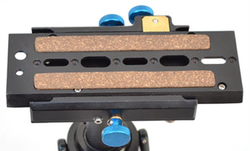
The only other thing that is a bit annoying is that the holes on the quick release plate are of different sizes, 3 smaller and 2 larger. The larger ones are almost too large for the screws that come with the stabilizer, if you’re not careful when fitting the camera the crew could fall through. This could be very easily fixed if they would include slightly larger washers. For now, to I’ll just to get a larger washer or a screw with a larger head (the spare ones from my Giottos MH621 adapter should be just fine). I could just use one of smaller holes, but I find the second hole from the back is the best for a DSLR setup; it happens to be the larger one. For other cameras it might be different, quite possibly the middle one which is one of the smaller ones.
Below you can see some test footage that I shot with this stabilizer.
Below you can see some test footage that I shot with this stabilizer.
I think for a first time it performed really well, but I could achieve better results with some practice. To get the most out of any tool, be it a slider, tripod, dolly or stabilizer, you need to practice. I’ve heard someone say that a good steadicam operator could take a stick and make better shots than someone with a high-end stabilizer who doesn’t how to use it. I have to agree with that. I’m not really good at it myself, but I’m willing to learn, practice and get better. If you’ve never used a stabilizer yourself and about to get one, be it a C5 or any other one, don’t be disappointed if your first try is not great. Experiment with the balancing until you get it right. It initially took me about 15-20 minutes to get the balance I wanted, so don’t assume that you can stick the camera on a stabilizer and magic will happen, when you first get into to it, things might not go your way, but just work on it, get the balance as good as you can and most importantly, practice. Bellow you can see the video I’ve done on balancing a stabilizer and getting the best results out of it. Hope it will be helpful if you are only starting out or want get more out of your stabilizer.
Going back to the review. I’m really enjoying my Flycam C5. It looks cool and it feels great too. At this price, I really don’t think there is anything better. Most of the stuff out there is a bit basic and dated. The C5 is probably one of the newest budget stabilizers available and as mentioned above, it seems to be inspired by the higher-end stuff, bringing some cool features to people on a tight budget like myself. Of course it’s not the best stabilizer in the world, but it offers an amazing value/features for money. I highly recommend the C5 to anyone looking to buy their first Stabilizer or upgrading from something like a Flycam 5000 or Nano. I also recommend buying an arm brace. It doesn’t cost much and it helps so much with operation, especially for a longer period of time or with a heavier camera.
It ended up to be quite a lengthy review and I hope you stuck with me till the end. Feel free to ask any questions regarding this or any other stabilizer and I’ll do my best to get back to you soon.
It ended up to be quite a lengthy review and I hope you stuck with me till the end. Feel free to ask any questions regarding this or any other stabilizer and I’ll do my best to get back to you soon.


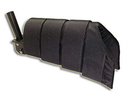
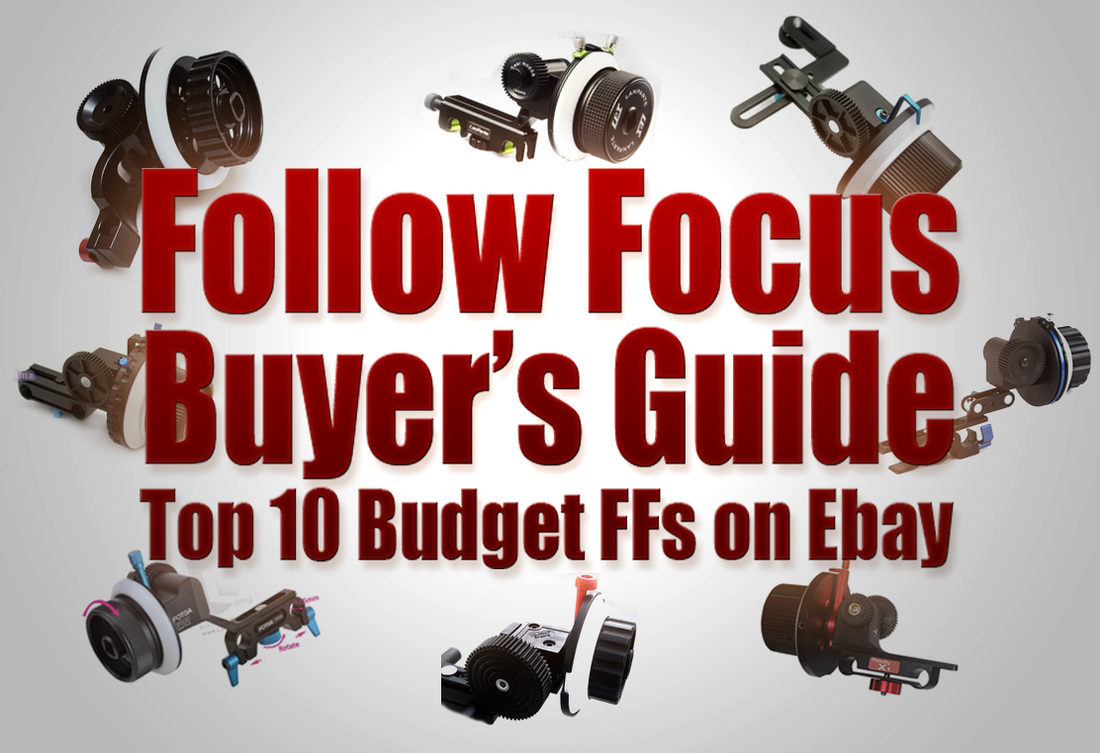
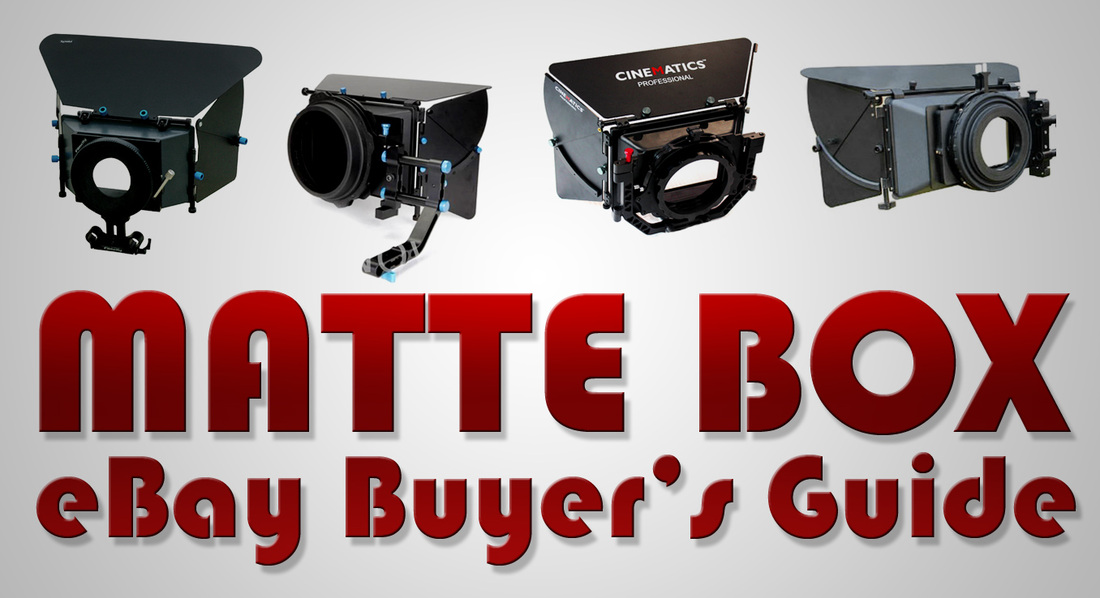
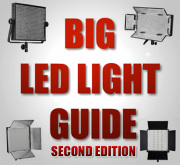
 RSS Feed
RSS Feed
